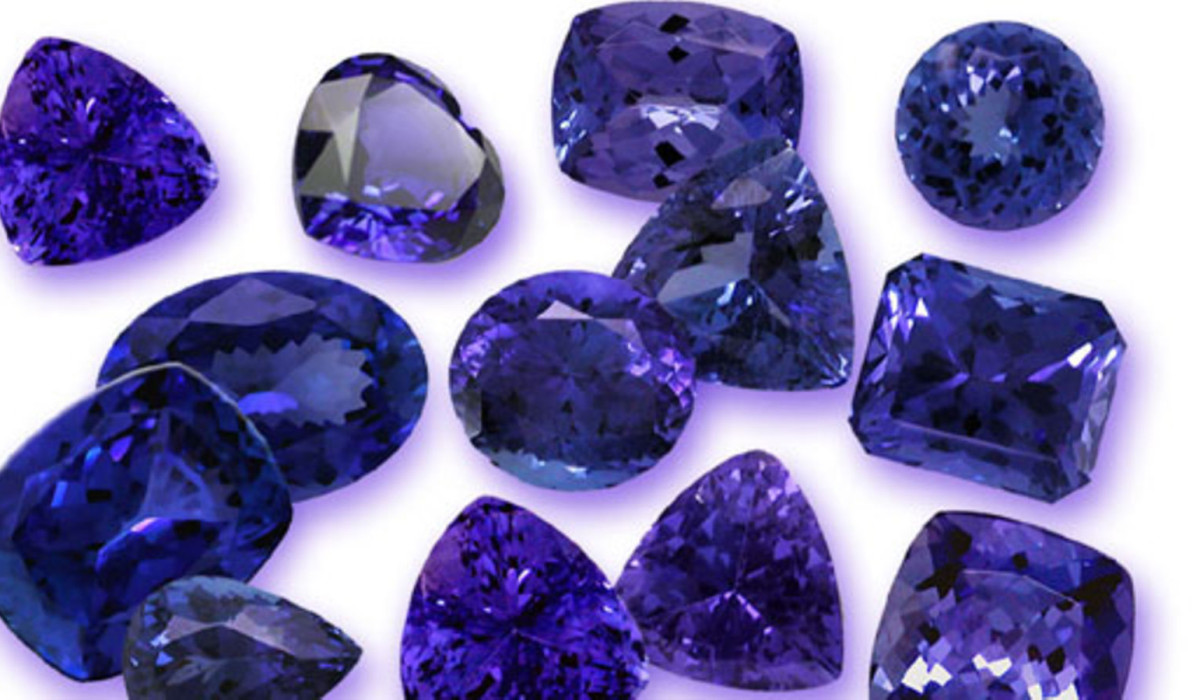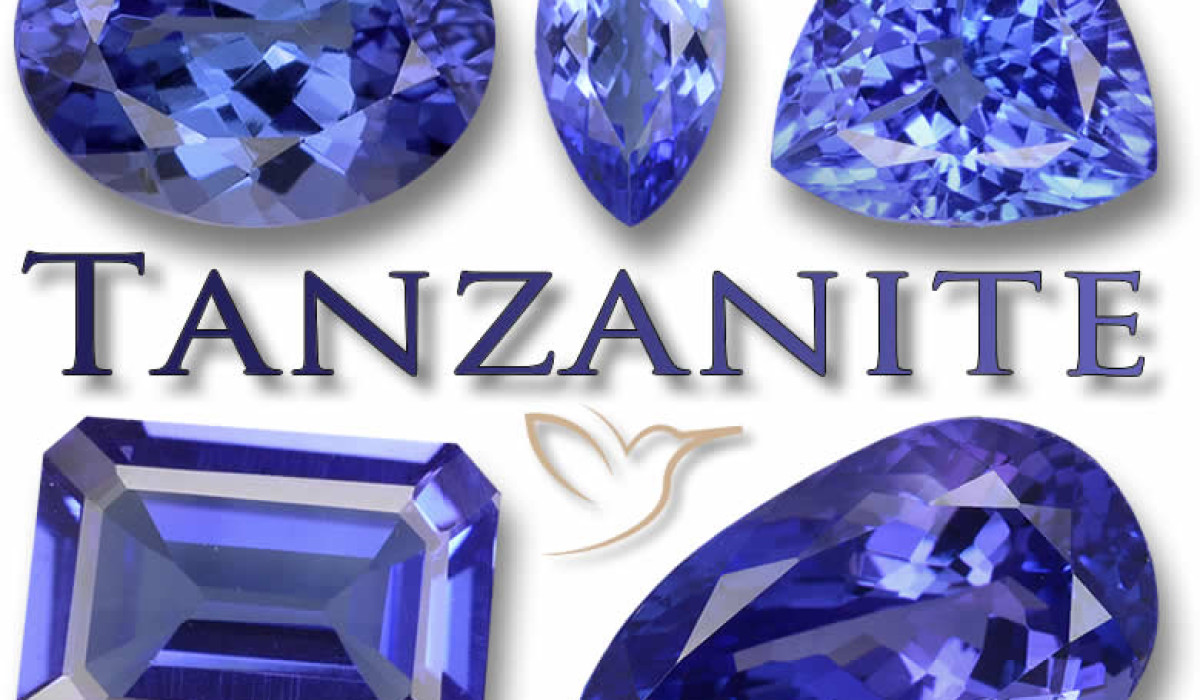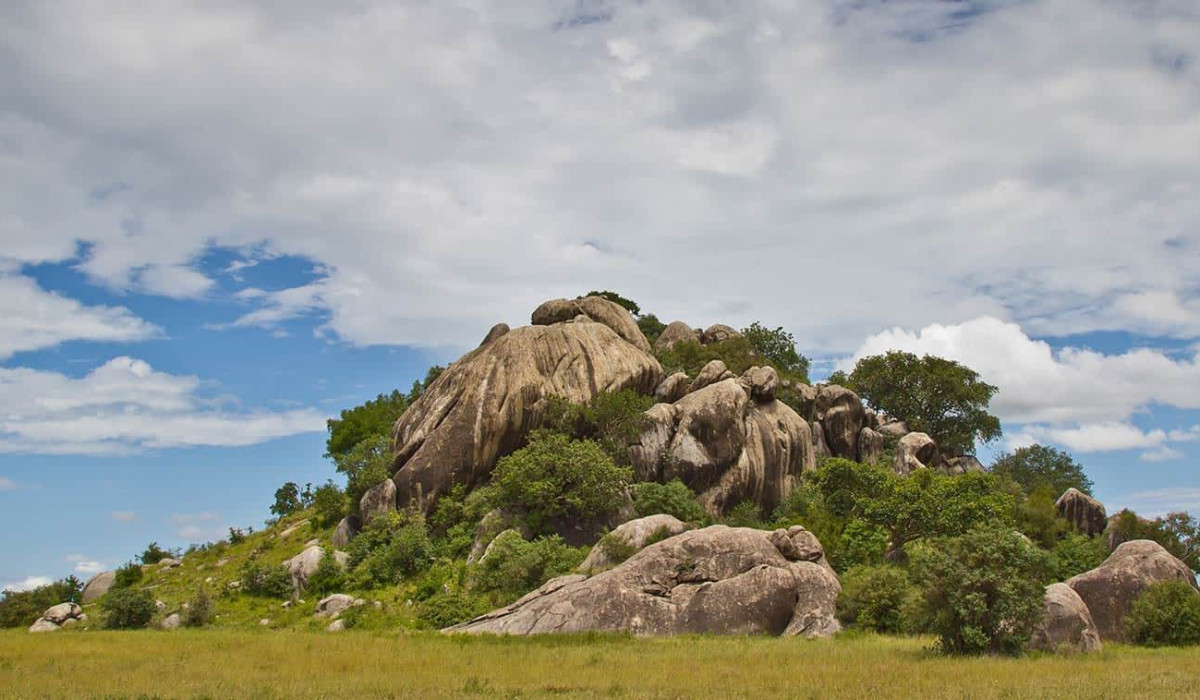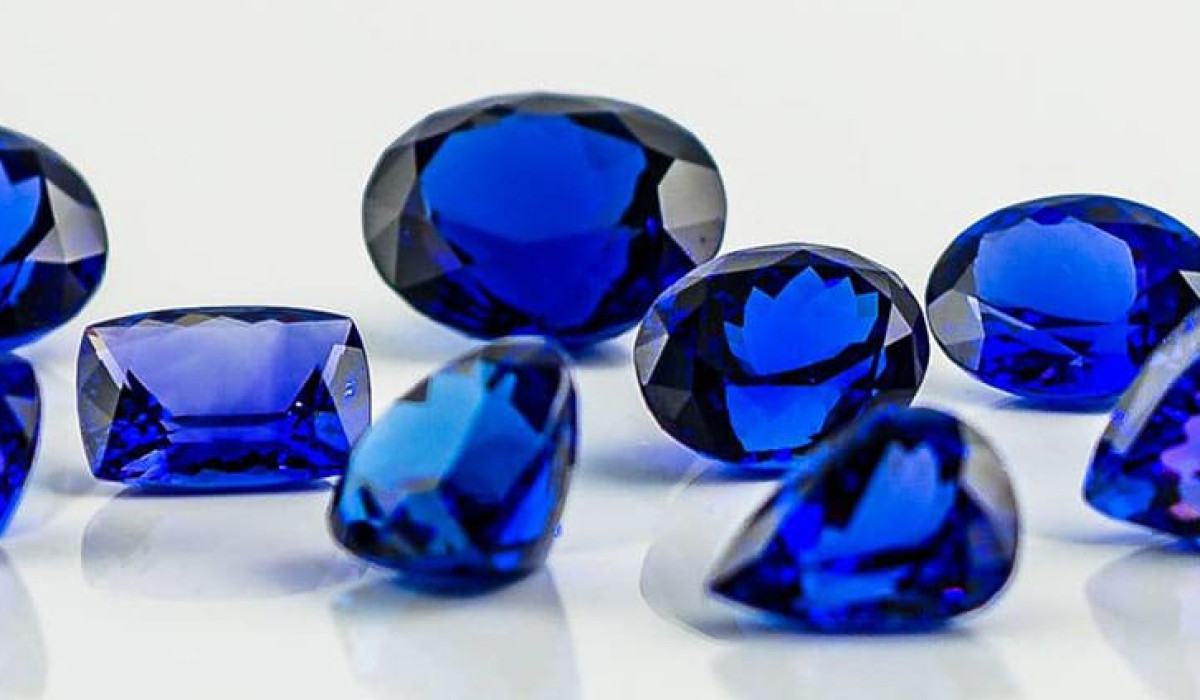
Tanzanite is a beautiful blue or violet-blue gemstone that was first discovered in the Mererani Hills of northern Tanzania in 1967. It is a relatively new gemstone compared to many other popular gemstones, and it is prized for its vivid color and rarity.
Tanzanite is a variety of mineral zoisite, and its color is due to the presence of vanadium and other trace elements. It is typically found in small sizes, and larger stones are considered quite rare and valuable.
Tanzanite is commonly used in jewelry, particularly in rings, earrings, and pendants. It is a relatively soft stone, with a hardness of 6.5-7 on the Mohs scale, so it is important to take care when wearing tanzanite jewelry to avoid scratching or damaging the stone.
Tanzanite is also known for its pleochroism, which means it can display different colors when viewed from different angles. This property can make tanzanite particularly captivating and unique.
Due to its rarity and beautiful color, tanzanite can be quite expensive, especially for larger stones or those with exceptional color and clarity. As with any gemstone purchase, it is important to buy from a reputable dealer and to have the stone properly appraised and certified.
Here are some additional interesting facts about tanzanite:
Tanzanite is only found in one place in the world - the Mererani Hills of northern Tanzania. This makes it one of the rarest gemstones on earth.
Tanzanite is named after the country of Tanzania, where it was first discovered.
Tanzanite was initially not very popular when it was first discovered in the 1960s, but it gained popularity after Tiffany & Co. began promoting it in the 1970s.
Tanzanite is a relatively new addition to the list of birthstones, having been added as an alternate birthstone for December in 2002.
Tanzanite is believed by some to have healing properties, including enhancing intuition, promoting communication, and improving spiritual awareness.
The largest faceted tanzanite on record weighs over 242 carats and is named the "Queen of Kilimanjaro."
Tanzanite's color can be enhanced through heat treatment, a process that can turn brownish tanzanite into a vivid blue or violet-blue that is highly prized.
The popularity of tanzanite has led to concerns about the sustainability of the mining industry in Tanzania and the welfare of the local communities involved in the industry. As a result, efforts have been made to improve working conditions and environmental practices in tanzanite mining.






